
Hydrangeas, with their billowing blooms in a spectrum of pinks, blues, and purples, are the undisputed stars of many a summer garden. But these beauties don’t have to steal the show all by themselves. By carefully selecting companion plants, you can create a dazzling display that extends the visual interest of your hydrangea haven well beyond their blooming season.
This guide will equip you with the knowledge to design a harmonious symphony of color, texture, and form around your hydrangeas. We’ll explore a curated selection of ten perfect partners, each chosen for its unique contribution to the overall aesthetic and functionality of your garden.
Blooming Brilliant Backdrops
The first step to designing a stunning hydrangea haven is to consider a backdrop that complements their lush foliage and vibrant blooms. Here are two fantastic options:
Coniferous Companions
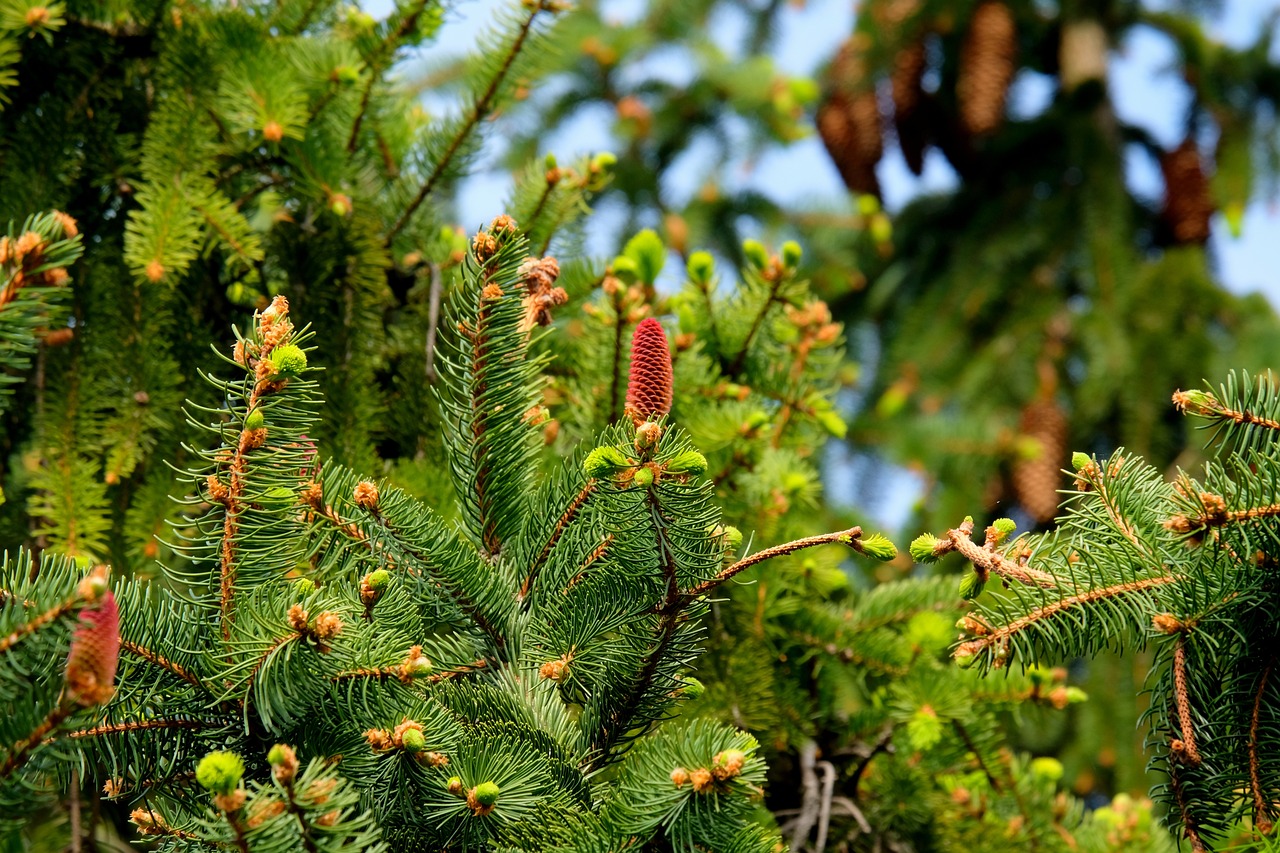
Evergreens like dwarf pines, firs, or spruces provide a stunning backdrop for hydrangeas. Their year-round green foliage creates a sense of structure and depth in the garden, especially during the winter months when hydrangeas are dormant. Additionally, many conifers thrive in acidic soil, which is exactly what hydrangeas prefer.
Pro Tip: Play with contrasting textures! The soft, billowy blooms of hydrangeas pop beautifully against the spiky needles of conifers.
Elegant Espaliered Trees
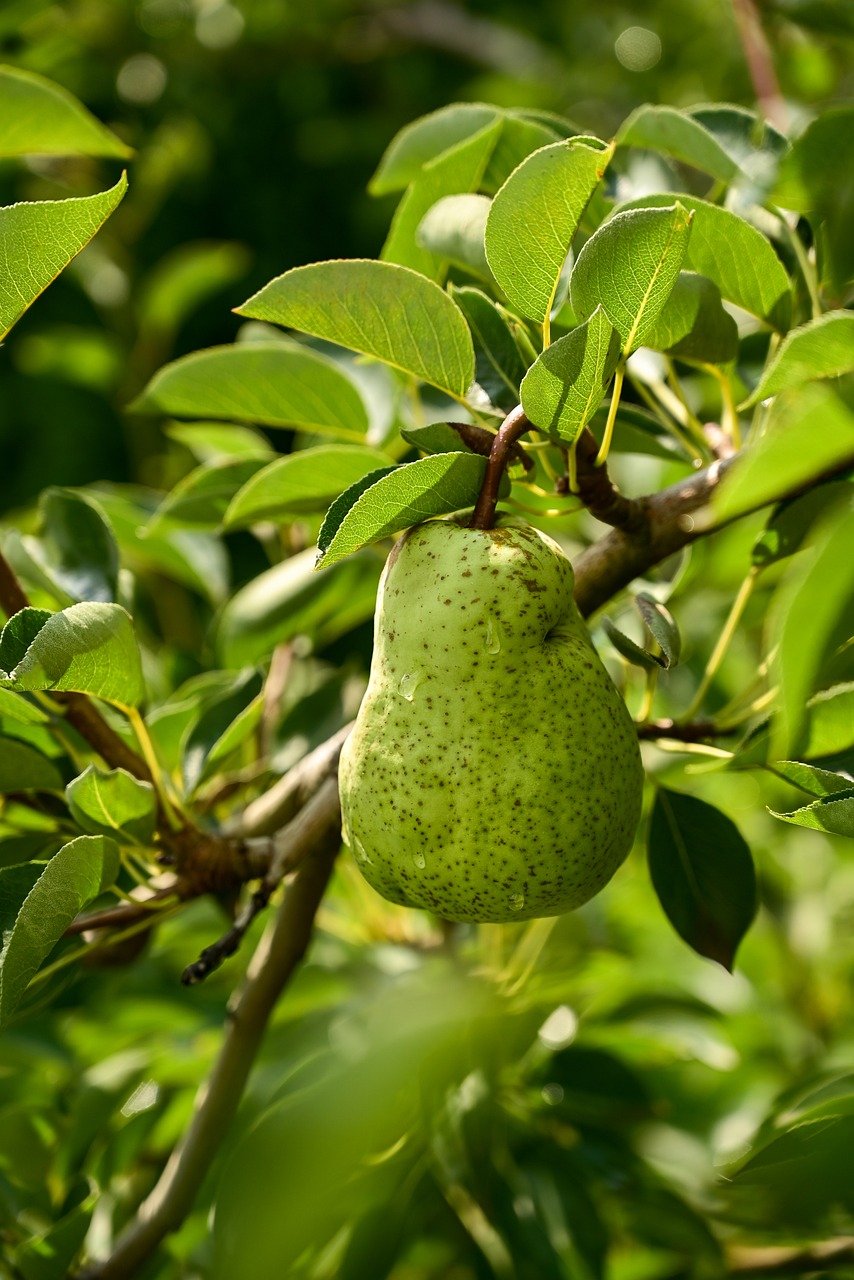
Espaliered fruit trees like pears or apples can add a touch of formality and architectural interest to your hydrangea haven. Planting these trees behind your hydrangeas allows for a beautiful interplay of light and shadow throughout the day.
Something to Consider: Espaliered trees require regular pruning to maintain their shape. Be sure to factor this into your maintenance schedule.
Dazzling Duets at Mid-Height
Now that you have a stunning backdrop, let’s explore some mid-height plants that will create a visual bridge between your hydrangeas and the ground cover.
Hostas with Heavenly Hues
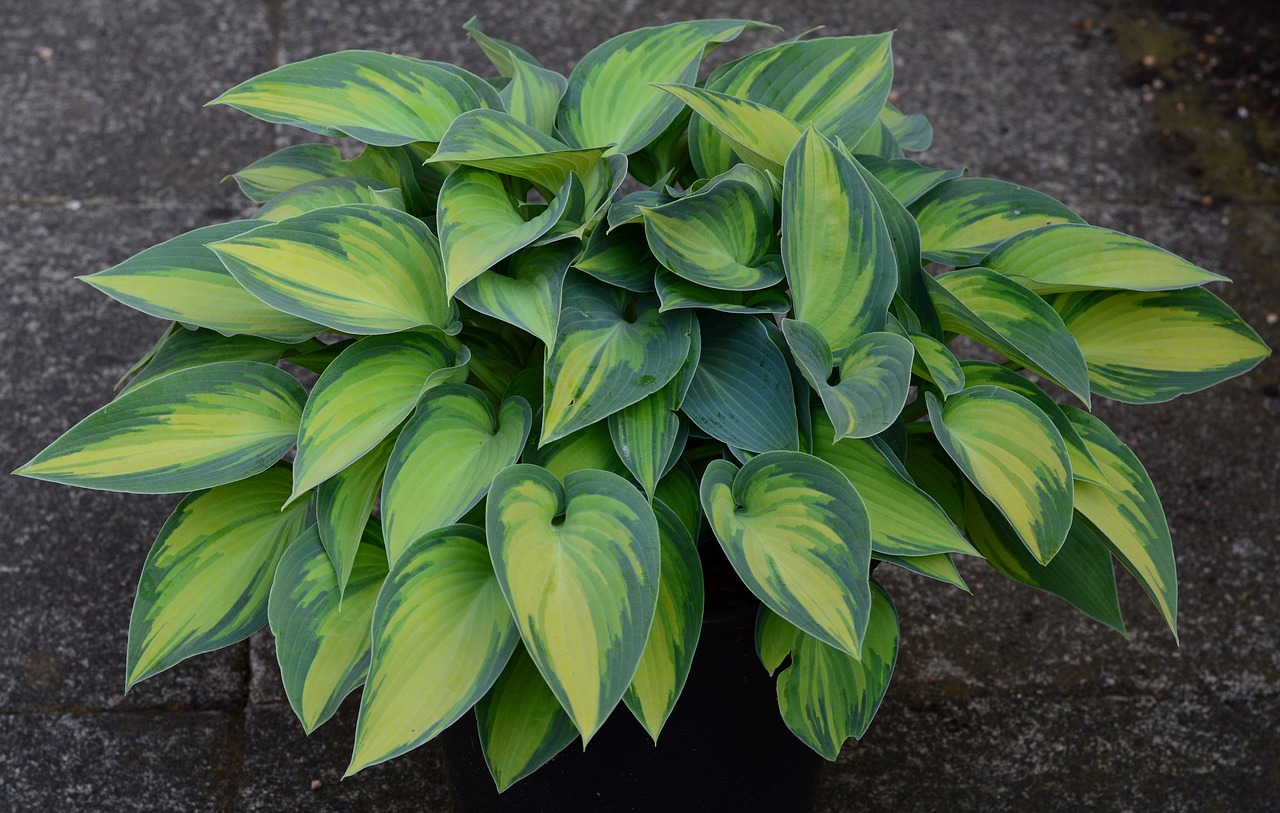
Hostas, with their broad, heart-shaped leaves in an array of green, blue, and variegated shades, provide a welcome contrast to the hydrangea’s vibrant blooms. They also thrive in similar light and soil conditions, making them a natural choice for companion planting.
Think Pink: For a particularly eye-catching combination, pair pink hydrangeas with hostas that have blue or green margins on their leaves.
Astilbes with Airy Charm

Astilbes, with their delicate, feathery plumes in shades of pink, lavender, and white, add a touch of airiness and grace to the mid-ground of your hydrangea haven. They bloom in early to mid-summer, extending the visual interest of the garden just as hydrangeas begin to take center stage.
Bee Magnet Bonus: Astilbes are a favorite amongst pollinators like bees and butterflies, adding a touch of lively activity to your garden.
Ferns for a Touch of Fantasy

Ferns, with their delicate fronds in a range of greens, add a touch of whimsy and texture to your hydrangea haven. They prefer moist, shady areas, so plant them strategically near the base of your hydrangeas where they can receive dappled sunlight.
Hidden Gem: Certain fern varieties, like the Japanese Painted Fern, boast stunning metallic hues that add an unexpected pop of color.
Groundcovers that Glamorize
The finishing touch to your hydrangea haven masterpiece lies in the selection of groundcovers that will tie the entire composition together. Here are a few exceptional options:
Creeping Phlox for a Sea of Color
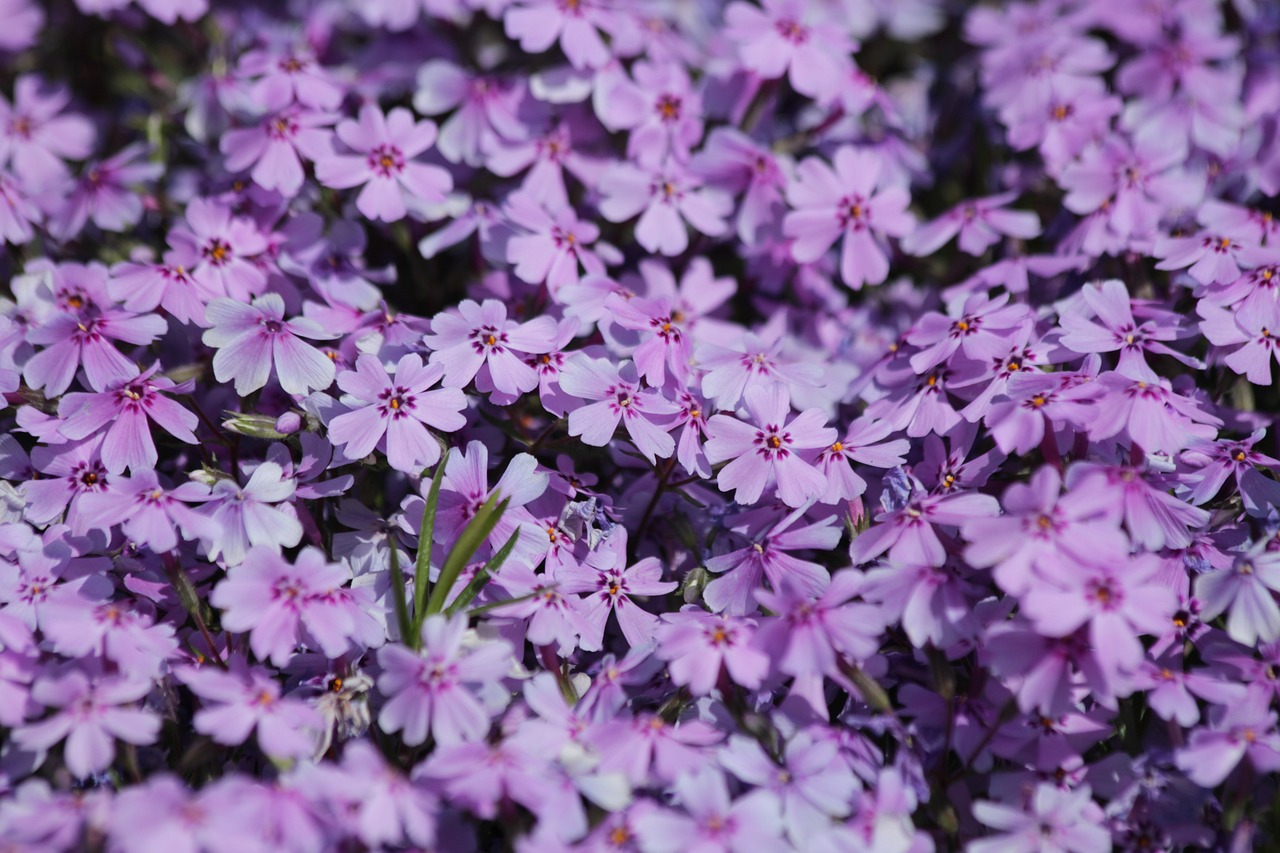
Creeping phlox, with its vibrant carpet of blooms in shades of pink, purple, and white, creates a stunning visual counterpoint to the rounded shapes of hydrangea blooms.
Blooming Bonus: Many phlox varieties bloom throughout the summer, extending the color palette of your garden long after the hydrangeas have faded.
Liriope for Elegant Edging
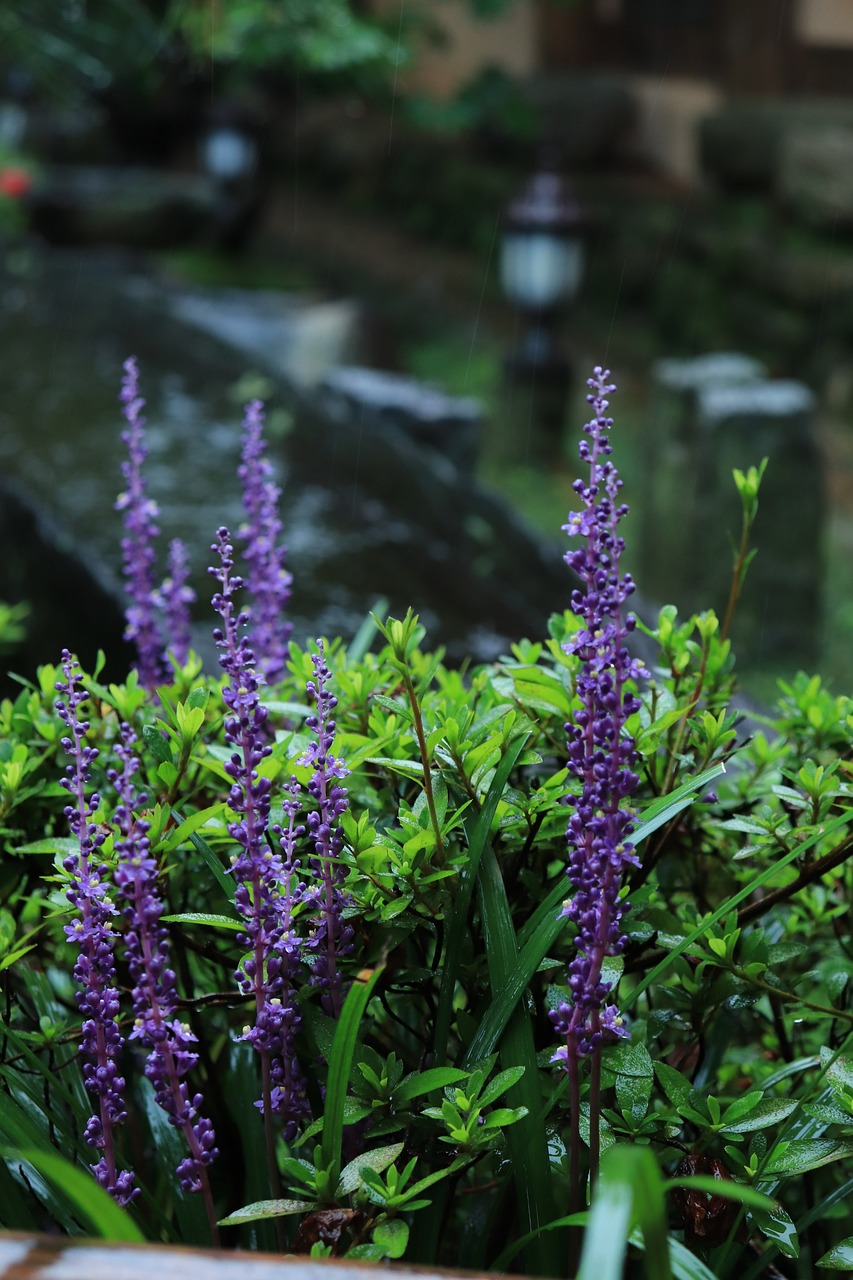
Liriope, with its graceful, arching foliage in shades of green and variegated green and cream, provides a touch of elegance as a border around your hydrangeas. It’s also a low-maintenance choice, perfect for busy gardeners.
Winter Wonder: Certain liriope varieties boast attractive purple berries in the winter, adding a touch of seasonal interest to your garden.
Ajuga for a Touch of Texture
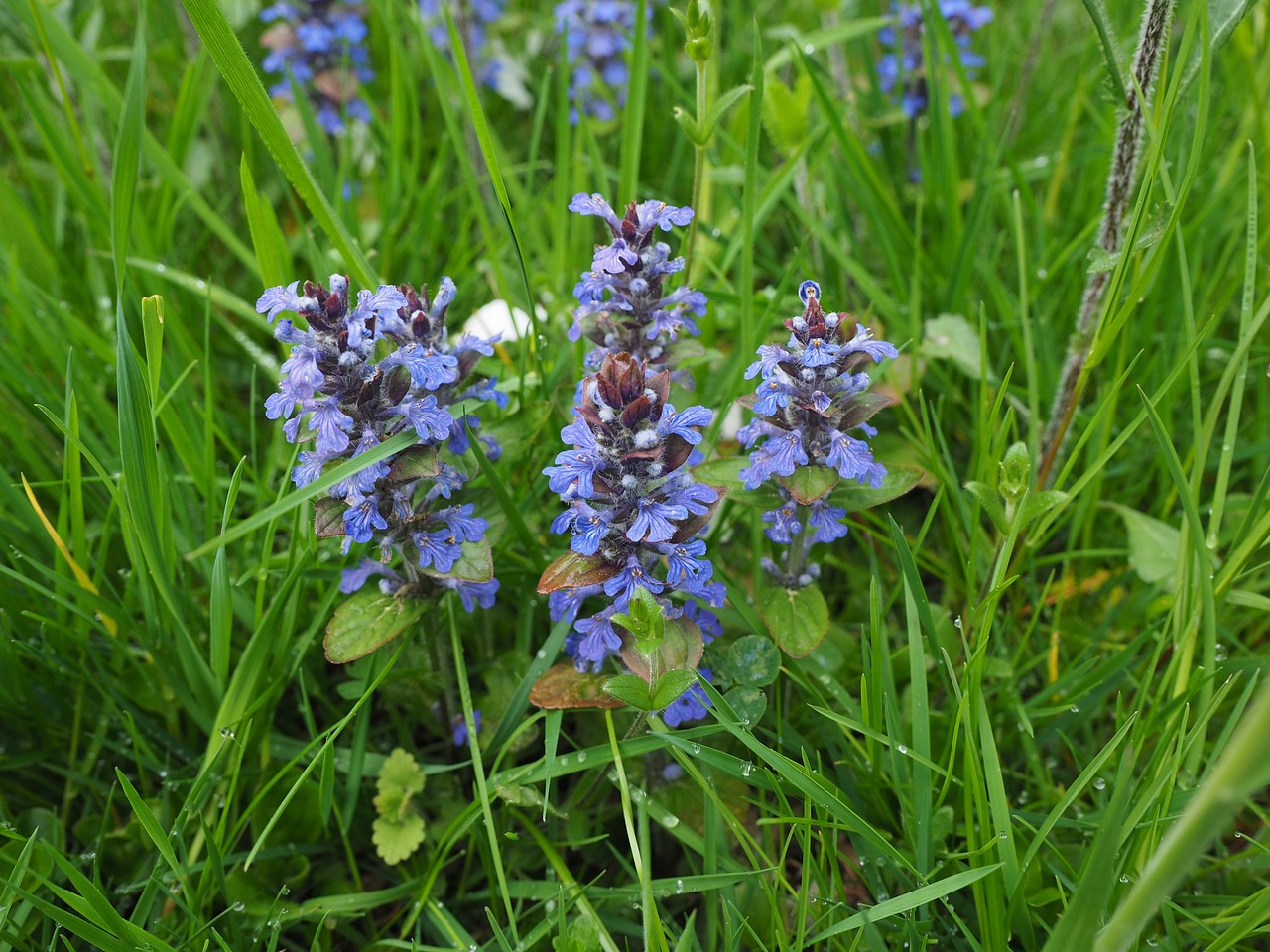
Ajuga, also known as bugleweed, offers a beautiful carpet of low-growing, lobed foliage in shades of green, bronze, and even burgundy. It’s a fantastic choice for areas that receive partial shade, making it a perfect companion for hydrangeas with similar light requirements.
Thyme After Thyme: A Fragrant Finale
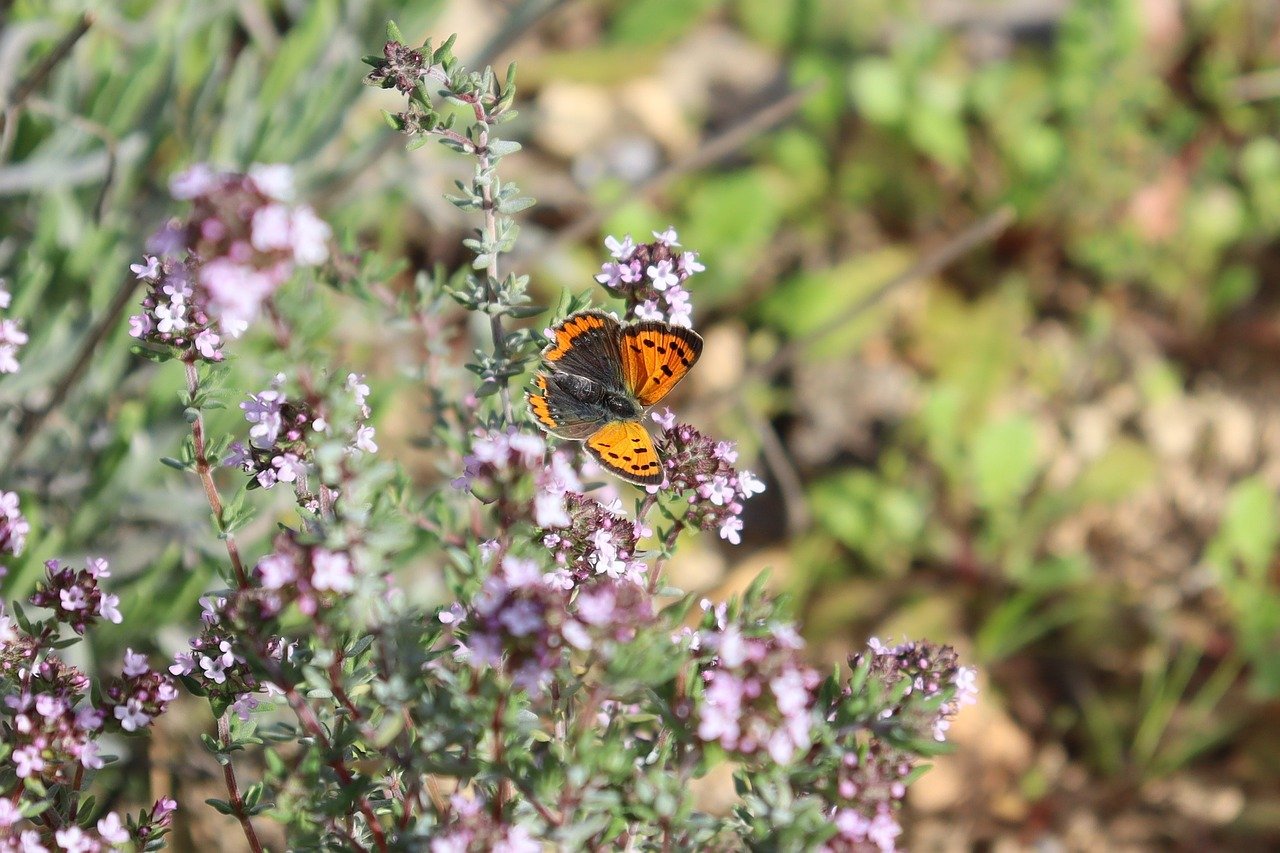
Don’t forget the power of scent in your hydrangea haven! Creeping thyme, with its tiny purple or white flowers and aromatic leaves, adds a delightful touch of fragrance, particularly when brushed against. It thrives in well-drained soil and full sun, making it a happy companion to most hydrangeas.
Bonus Tip: Plant creeping thyme in pathways or around stepping stones to release its delightful fragrance every time you walk through your hydrangea haven.
Beyond Blooms: Adding Functionality to Your Haven
While aesthetics are undeniably important, a well-designed garden should also serve a purpose. Here are a few companion plants that can add functionality to your hydrangea haven:
- Bee-lieve in Beneficial Blooms: Certain flowering plants like calendula, yarrow, and echinacea attract bees and butterflies, which in turn pollinate your hydrangeas and other flowering plants in your garden. This not only helps ensure a bountiful harvest but also creates a vibrant ecosystem teeming with life.
Pro Tip: Group these beneficial bloomers together in a designated pollinator haven within your hydrangea haven to maximize their impact.
- Deterring Deer with Delightful Scents: Deer can be a real nuisance in the garden. Strong-smelling herbs like lavender, catmint, and rosemary not only add a touch of fragrance and visual interest but also help deter these browsing herbivores from feasting on your precious hydrangeas.
Double Duty Delights: Many of these deer-deterring herbs are also drought-tolerant, making them a low-maintenance choice for sunny areas of your hydrangea haven.
Creating a Symphony of Color
Now that you have a diverse cast of companion plants, let’s explore how to arrange them for a visually stunning composition. Here are a few key considerations:
- Color Coordination: Play with complementary colors to create a vibrant display. For instance, pair blue hydrangeas with yellow or orange companion plants, or pink hydrangeas with purple or lavender blooms.
Think Beyond Blooms: Don’t just focus on flower color! Consider the foliage as well. Variegated hostas or ornamental grasses can add a touch of visual interest throughout the season.
- Height Matters: Stagger your plants according to their height. Taller plants like conifers or espaliered trees should form the backdrop, with mid-height plants like hostas and astilbes filling the middle ground. Finally, low-growing groundcovers like creeping phlox and ajuga will complete the composition.
Let There Be Light: Consider the light requirements of each plant when positioning them. Hydrangeas generally prefer partial shade, while some companion plants like creeping phlox may thrive in full sun.
Conclusion: Cultivating a Haven fit for Royalty
With careful planning and plant selection, you can transform your garden into a haven fit for royalty, with hydrangeas reigning supreme amidst a dazzling court of companions. Remember, a successful hydrangea haven is not just about aesthetics; it’s about creating a harmonious ecosystem that attracts pollinators, deters pests, and provides a space for you to relax and enjoy the beauty of nature. So, get creative, experiment with different combinations, and watch your hydrangea haven flourish into a masterpiece that reflects your unique gardening style.
